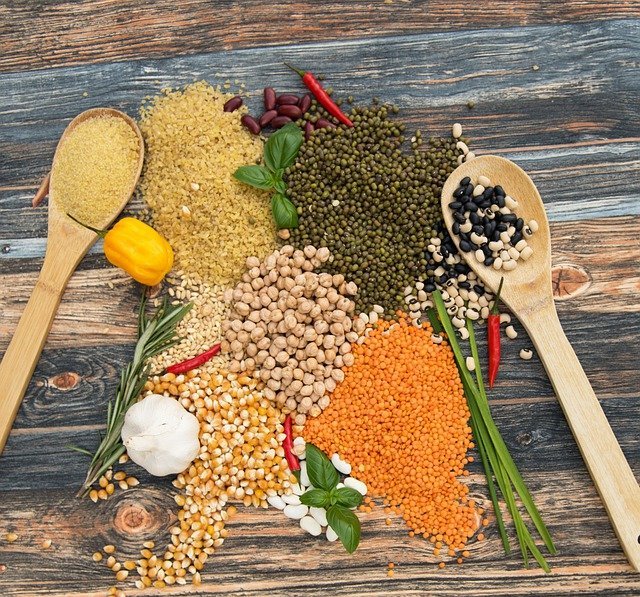
The consumption of legumes can cause annoying abdominal swelling: let’s see why and how to manage the problem.
Legumes represent a healthy and decidedly rich food choice from a nutritional point of view. They are, in fact, an excellent source of vegetable proteins, as well as complex carbohydrates and micronutrients.
However, according to a fairly widespread idea, legumes swell the belly, pushing consumers to choose other food categories. The basis of this adverse effect is the presence, in legumes, of specific sugary substances which, although they can bring benefits to human health, are therefore problematic for some subjects.
In the following paragraphs this topic will therefore be examined in depth, introducing some practical advice for managing this problem.
Why do legumes swell the belly?
Let’s see, therefore, why legumes make the belly swell. More specifically, the consumption of legumes can cause meteorism, a condition associated with the accumulation of gas in the intestine and a swollen belly. The reason for this symptomatology, which turns out to be completely subjective, is to be attributed to specific substances contained in legumes and known as oligosaccharides (including the sugars raffinose and stachyose).
The human gastrointestinal tract is unable to break down these molecules, which therefore reach the colon as they are. Here, the oligosaccharides come into contact with the intestinal flora and are fermented by it. The fermentation process leads to the formation of gas, which accumulates in the intestine causing the unpleasant sensation of abdominal bloating.
What are the legumes that swell the belly the most?
Are there legumes that do not swell? What types of legumes to prefer for intestinal well-being? In general, legumes naturally endowed with cuticle are less manageable than peeled legumes, and therefore related to intestinal swelling to a greater extent.
As for the effects related to the specific types of legumes, borlotti beans, cannellini beans and chickpeas seem to be more associated with the annoyance in question, while the consumption of hulled red lentils is less problematic.
Does the legume pasta also swell?
More and more widespread in the context of local cuisine, the legume pasta is produced starting from the relative flours. Therefore, different and imaginative types of pasta are available on the market, such as red lentil fusilli, chickpea rigatoni, etc.
The consumption of legume pasta could be well tolerated by some subjects, as it could give rise, for other consumers, to the intestinal discomfort in question. Therefore, the rule of subjectivity also applies to legume pasta, which is well suited to the need to test different qualities and gradual quantities of this food.
How to prevent swelling caused by legumes
Once you have established the close link between the consumption of legumes and a swollen stomach, it may be useful to provide some indications on how to deal with the problem. In particular, the intestinal swelling resulting from the consumption of this food can be reduced by means of some expedients.
Since they are more digestible, it is preferable to opt for legumes that have already been peeled. Alternatively, it is possible to remove the peel of legumes as they are with the aid of a vegetable mill. The digestibility of legumes is also facilitated by the soaking and cooking phases, to which it is right to devote all the time necessary.
A further strategy to reduce the problem in question consists in the gradual consumption of legumes, both in qualitative and quantitative terms. In this regard, it may be useful to opt for peeled lentils, and then gradually move on to other types of lentils. As you go, you can vary the courses with chickpeas, cannellini beans and borlotti beans.
Similarly, it is preferable to start with the consumption of small quantities of legumes (two or three tablespoons), increasing the portions slightly and from time to time. In this way, the digestive system will be able to “get used” to legumes, and to “learn” to manage them, while limiting their adverse effects. In this context, the intestinal bacterial flora plays a crucial role, resulting in all respects re-educated.
Ultimately, it is well known how the fermentation processes, resulting from the consumption of legumes, can represent a problem to be taken into account in the daily diet. By following some simple strategies, it is however possible to consume this food, limiting, at the same time, the annoying formation of air in the belly.






